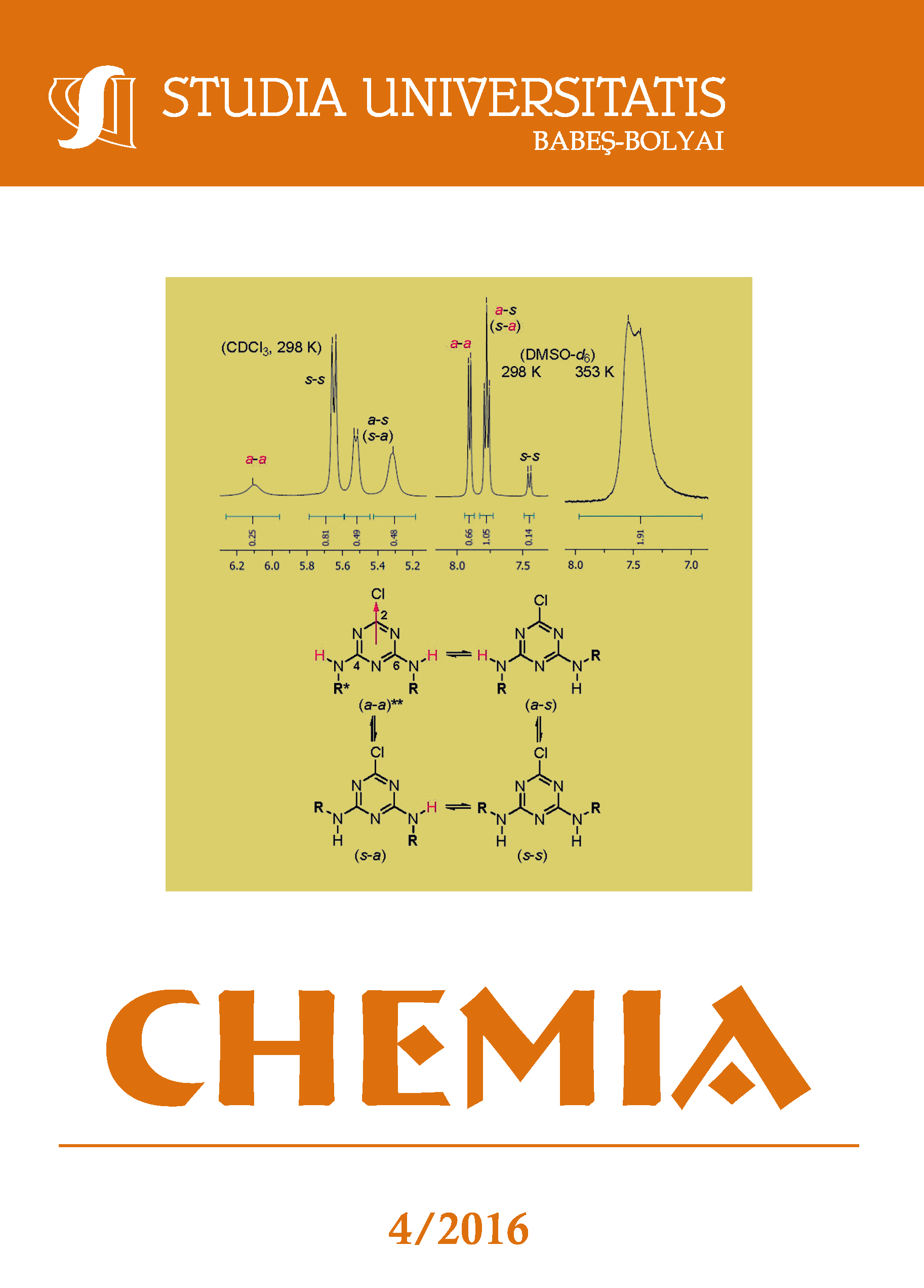QUALITY CONTROL PARAMETERS OF RIBES NIGRUM L. BUDS FOR ESTABLISHING THE OPTIMAL HARVESTING PERIOD
Keywords:
Ribes nigrum L. buds, meristemotherapy, monodimensional double development TLC, optimal chemical compositionAbstract
The main extract used by the youngest branch of phytotherapy, named meristemotherapy, is obtained from the freshly processed Blackcurrant buds. Due by the lack of information regarding the optimal harvesting time of the buds and buds chemical composition it was begun a larger study, the results presented in this paper being the preliminary screening of the possible active compounds that can be contained by this vegetal material. The apical and axillar buds from Ribes nigrum L shrubs were collected in three different development phases. The bioactive compounds composition screening was performed using monodimensional double development TLC on extracts obtained in ethanol, glycerol and their mixture, according to EPh. The analysis results show that the lipophilic compounds are increased in the maximum development stage and are decreasing when the buds begin to open. In the opened stage are increasing the hydrophilic compounds, like the polyphenols that are secondary metabolites of the plants. These changing in chemical composition indicate also the tissues differentiation. In conclusion of this study can decide that the optimal harvesting time of the buds is before the opening and tissues differentiation, period that is according also with the traditional harvesting time of these type of plant materials.
References
F.Pitera,M.Nicoletti,Gemmoterapia.FondamentiscientificidellamodernaMersitemoterapia,NovaIPSAEd.,Palermo,2016.
F.Pitera,CompendiodiGemmoterapiaClinica,deFerraried.,Genova,2007.
TétauM.,Gemmotherapy–aclinicalguide.EditionsdudétailINC,Paris,1998.
***,FrenchPharmacopoeia,11thedition,2012.
***,EuropeanPharmacopoeia,8thedition,EDQM,2016.
D.Donno,M.G.Mellano,A.K.Cerutti,G.L.Beccaro,Pharmaceuticals(Basel),2016,9(1),7.
F.Ieri,M.Innocenti,L.Possieri,S.Gallori,N.Mulinacci,JPharmBiomedAnal.,2015,115,1.
M.Vagiri,A.Ekholm,S.C.Andersson,E.Johansson,K.Rumpunen,JAgricFoodChem.,2012,60(42),10501.
*** Blackcurrant (Ribesnigrum),NaturalStandardProfessionalMonograph,2012.
B.S.Ethorđević,D.S.Pljevljakušić,K.P.Savikin,T.R.Stević,D.J.Bigović,ChemBiodivers.,2014,11(8),1228.
S.M.Hurst,T.k.McGhie,J.M.Cooney,D.J.Jensen,E.M.Gould,K.A.Lyall,R.D.Hurst,MolNutrFoodRes.,2010,54(Suppl2),S159.
N.Garbacki,M.Tits,L.Angenot,J.Damas,BMCPharmacol.,2004,4,25.
N.Garbacki,L.Augenot,C.Bassleer,J.Damas,M.Tits,NaunynSchmiedebergsArchPharmacol.,2002,365,434.
E.Oprea,V.Radulescu,C.Balotescu,V.Lazar,M.Bucur,P.Mladin,I.C.Farcasanu,Biofactors.,2008,34(1),3.
S.Cobzac,G.Cimpan,N.Olah,S.Gocan,J.PlanarChrom.Mod.TLC,1999,12(1),26.
Downloads
Published
How to Cite
Issue
Section
License
Copyright (c) 2016 Studia Universitatis Babeș-Bolyai Chemia

This work is licensed under a Creative Commons Attribution-NonCommercial-NoDerivatives 4.0 International License.



